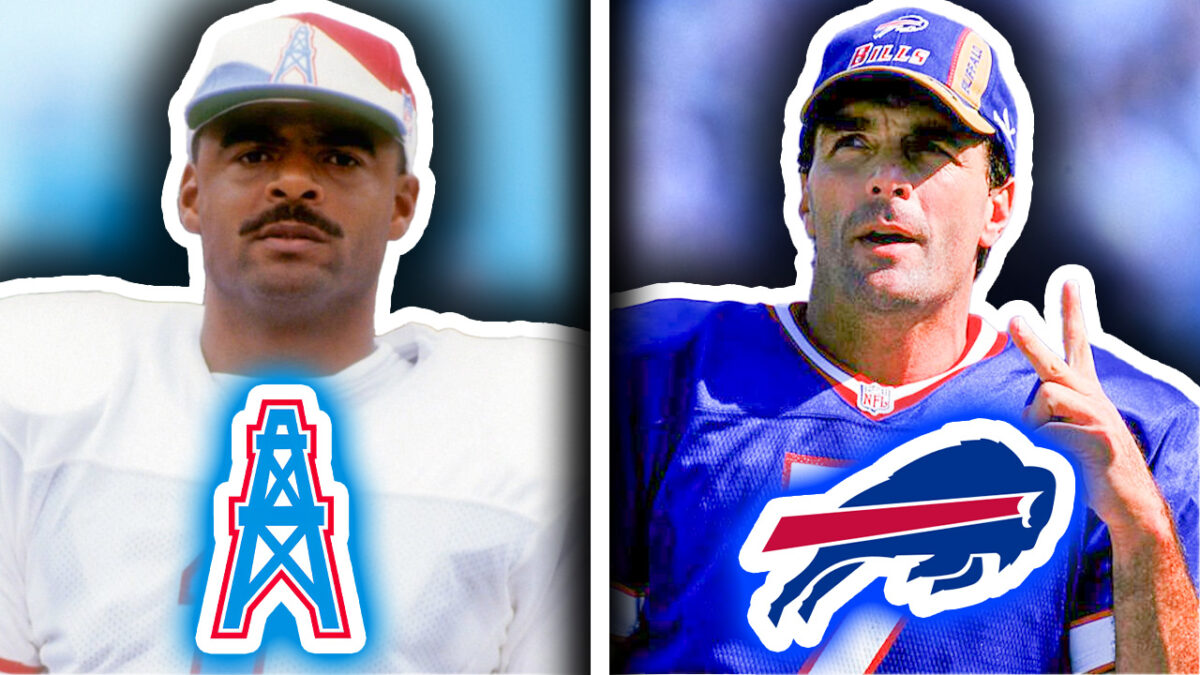
Quarterback is arguably the most difficult position in all of professional sports. Coaches expect the quarterback to be a leader, and a game manager; but also, be able to make spectacular plays when the pocket breaks down. This is why the quarterback often takes credit for a team’s victory but is also called into question when the team’s performance starts to decline. The average length of an NFL career is about three years. This includes every position, on both sides of the ball. Quarterbacks tend to stick around longer than the three-year mark and average an NFL career of four and a half years according to Statista.com.
But what about those select few guys who are able to remain in the league way past their expected exit dates? Unlike the milk in your fridge, these guys don’t have an expiration date. Some older quarterbacks have even proven to the NFL that old dogs don’t need to learn new tricks, especially when you have seven Superbowl wins. It is uncommon to see quarterbacks make it past the age of 35, let alone the elite group that has played a game past the age of 40. But who are the quarterbacks that have started a game past the age of 40? And how did the final stretch of their careers go? Let’s find out. Here are all 17 NFL quarterbacks to start a game over 40 years old.
Charlie Conerly
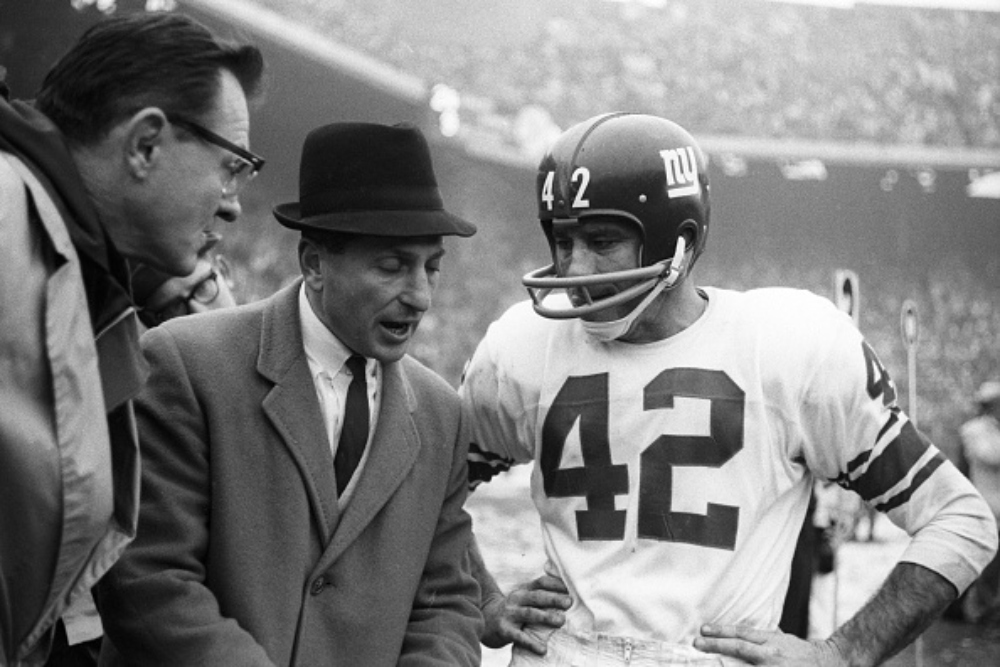
Drafted by the then-Washington Redskins in the 13th round of the 1945 NFL draft, Charlie Conerly didn’t have high expectations coming into the NFL. In fact, after being drafted at the age of 27, he was sent to New York to play for the Giants before he even got a chance to step foot on the field in Washington. Conerly ended up balling out in New York and broke every franchise rookie passing record in the books. He led the Giants to three NFL championship games in the span of four seasons, winning the big game in 1956 when he was also selected for the Pro Bowl. In 1961, the New York Giants were entering the franchise’s 37th season, led by head coach Allie Sherman, and new veteran quarterback Y.A. Tittle. Tittle was sent off to New York after a decade-long stint with San Francisco where he was deemed “washed up”. Conerly was the team’s backup at this time, yet still saw some action in the team’s championship run.
At the age of 40, Conerly started in four games for the Giants, and went .500 as the signal caller, leading the team to two wins, and two losses. Conerly tossed the ball 106 times, completing 44 passes for 634 yards and seven touchdowns. Those passing stats were accompanied by eight interceptions and 19 sacks. In just four games, Conerly suffered 19 sacks, compared to Tittle’s 15 sacks in the other ten regular season games. The Giants went on to lose to the Green Bay Packers in the 1961 NFL championship game, and that was the last Season Conerly spent in the NFL.
Zeke Bratkowski
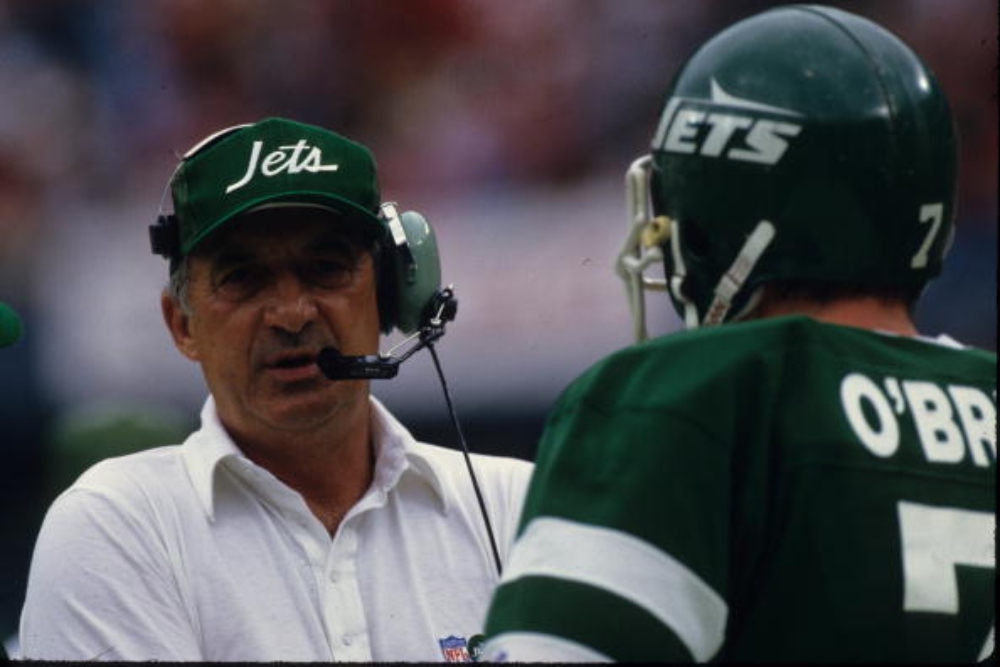
Zeke Bratkowski was nearing the end of his NFL career in 1971, after playing backup to Bart Starr for the past six years. Drafted by Chicago in the second round, Bratkowski suited up for the Bears from 1954 to 1960. He then found himself in LA playing for the Rams until he was traded to Green Bay part-way through the 1963 season. In Wisconsin, Bratkowski backed up Bart Starr. Bratkowski’s Quarterback career wasn’t anything to write home about, as through five years with the Chicago Bears, he only racked up eleven wins and never started a full season. The most games Bratkowski started in a single season was in 1961 as a member of the Rams where he started 11 games, only winning two.
Click on ‘Follow Us’ and get notified of the most viral NFL stories via Google! Follow Us
As a 40-year-old backup quarterback, Zeke found himself starting in week one of the 1971 season against the New York Giants. Bratkowski tossed the ball ten times, competing six of those attempts for 66 yards and a touchdown. He was replaced by Scott Hunter in the third quarter and the Packers went on to lose 42-40. That was the last game that Bratkowski would ever start in the NFL, and he remained a backup for the rest of his career.
Johnny Unitas
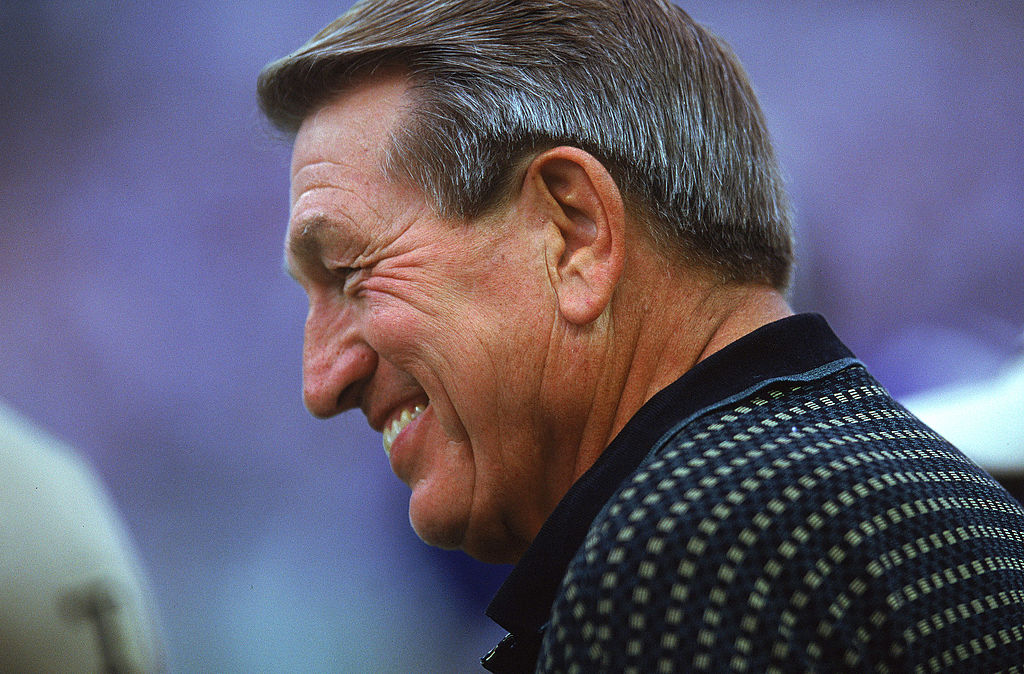
Johnny Unitas played in the NFL for 17 years. During that time, he racked up five first-team all-pro selections, and ten Pro Bowl nods. At the age of 40, Unitas was the third-string quarterback for the San Diego Chargers, after playing for the Baltimore Colts from 1956 to 1972. In four starts, the 40-year-old accumulated 471 yards, with three touchdowns and seven picks. This was accompanied by 14 sacks and the second-lowest Quarterback rating of his career. But hey, at least it wasn’t his lowest. Unitas ended up winning one of four starts for San Diego and retired after the 1973 season. He was inducted into the Hall of Fame in 1979.
Sonny Jurgensen
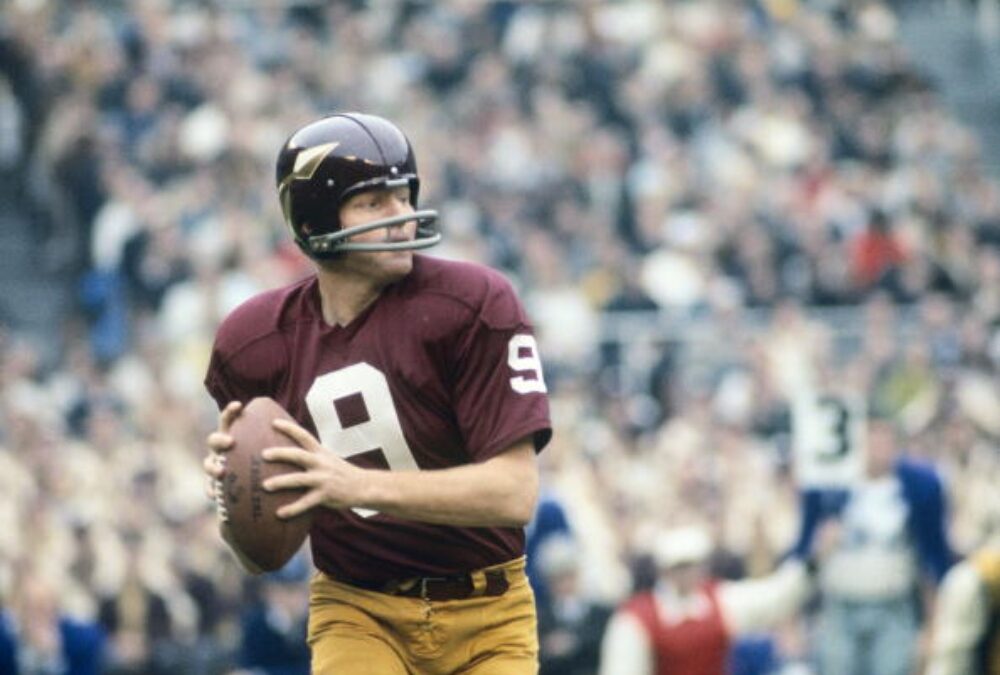
Entering the league in 1957, Sonny Jurgenson was drafted by the Philadelphia Eagles in the fourth round of the 1957 NFL Draft. He started 39 games for the Eagles from 1957 to 1963, and was a first-team all pro, and pro bowler in 1961. He then joined the Washington Redskins in 1964, where he continued to make the pro bowl. He continued to start for Washington until 1971, when he found himself as the backup to Billy Kilmer. Jurgensen continued as the backup for the rest of his career, but appeared in fourteen games, starting in four in place of the injured Kilmer. At the age of 40, Jurgensen went 3-1 as a starter, and completed 64.1% of his passes for 1,185 yards, eleven touchdowns and only five interceptions. Not bad for a guy who retired a year later.
Earl Morrall
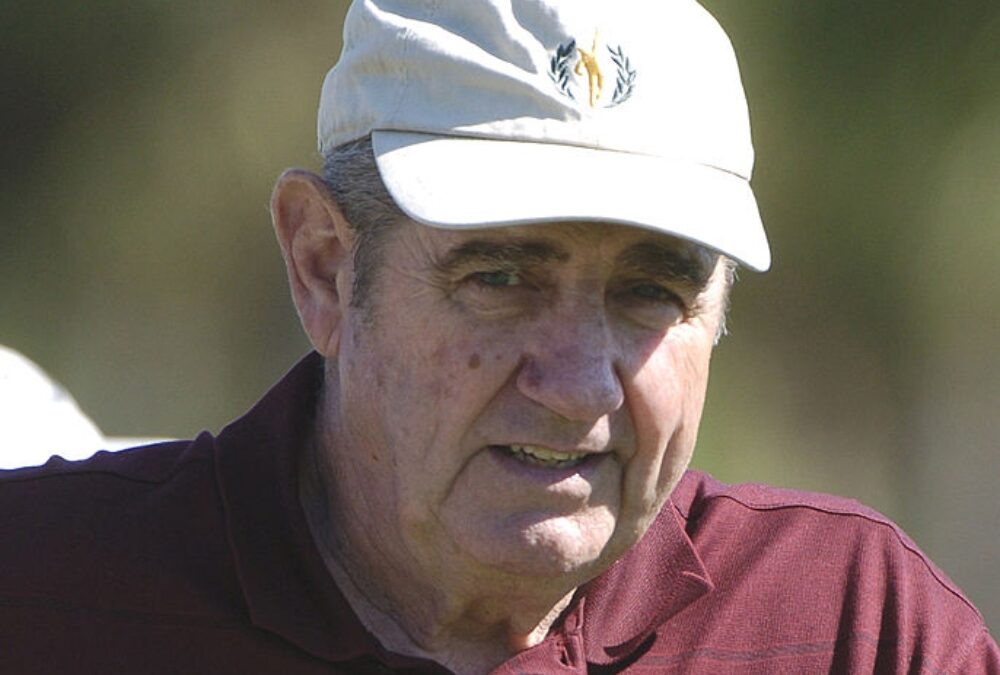
Earl Morall was drafted second overall by the San Francisco 49ers in the 1956 NFL draft. He spent only one year with the 49ers, before going on to have a stint with Pittsburgh. In 1959 Morrall moved on to his third team, in Detroit, where he remained until 1965 when he joined the New York Giants. Three years later He found himself starting for the Baltimore Colts, until 1972 when he joined the Miami Dolphins. In 1974, at the age of 40, Morrall sat behind Bob Griese, but entering the final week of the Regular season, Miami decided to rest their starters, and let the backups play the final regular season game.
The team had already comfortably won the AFC East and gave the start to Earl Morrall. Morrall led the Dolphins to a win over the New England Patriots, then did the same thing against the Denver Broncos in the final week of the 1975 regular season. Morrall did get into other games as a backup, but only started two games near the end of his career, making him the only quarterback in NFL history with an undefeated record when starting a game over 40 years old.
Len Dawson
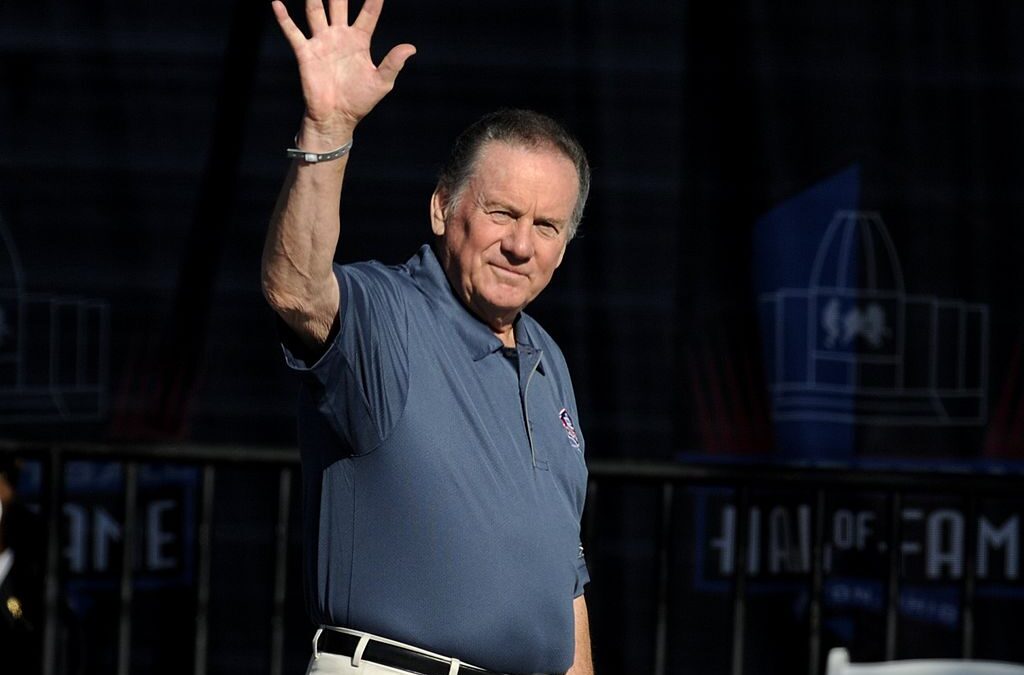
Len Dawson was drafted fifth overall in the 1957 NFL Draft by the Pittsburgh Steelers. He started a game his Rookie year but didn’t become a full-time starter in the NFL until he found himself on his third team. He spent the next thirteen years of his career on his fourth team, the Kansas City Chiefs. He was an inconsistent starter until 1975 at the age of 40 when he spent half of the season backing up starter Mike Livingston. Dawson appeared in four games, eclipsing 1,000 yards passing, five touchdowns, and four picks: en route to a 1-4 record as a starter. He retired that season.
Vince Evans
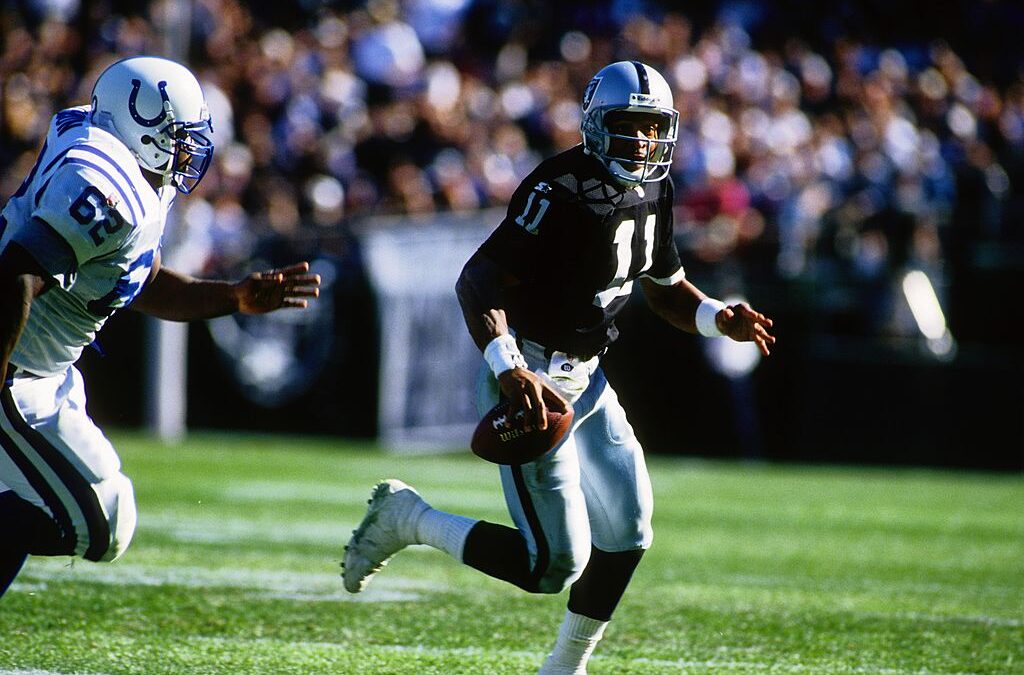
Evans joined the NFL in 1977 after being drafted in the sixth round by Chicago. He didn’t throw a single ball that year and was instead used as a kick returner. After seven years as a Bear, Evans Joined the United States Football League, which was trying to become a direct competitor to the NFL. Once the USFL folded, Evans found himself as a member of the Los Angeles Raiders. He spent the rest of his career as a backup, and in 1995 in the Franchise’s first season in Oakland he started three games, winning a week eight matchup against the Colts, but losing his final two career starts.
That season at the age of 40 Evans completed 57% of his passes for over 1,200 yards, and six touchdowns. Evans threw eight interceptions to accompany those touchdown passes, and decided to call it a career at the end of the 1995 season. It’s still impressive that he went from a return man, to making a professional quarterback career in two different leagues for as long as he did.
Steve Deberg
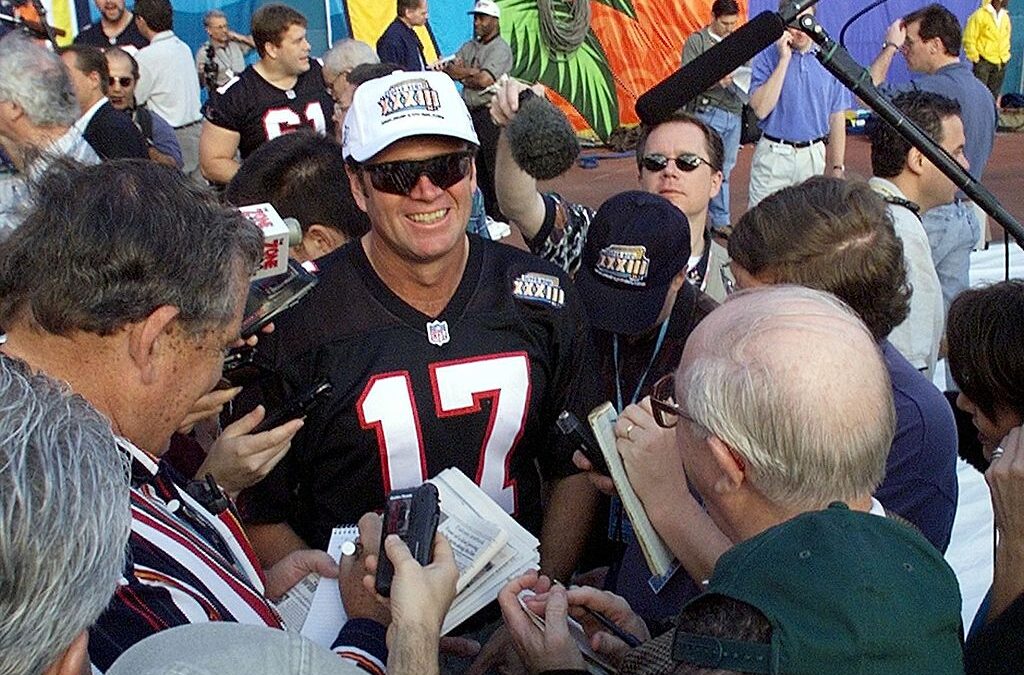
Deberg split his 20-year playing career between six different teams. After retiring from pro football at the age of 39, Deberg came out of retirement at the age of 44 to be a backup for the Atlanta Falcons. Deberg became the third-oldest quarterback to play in a game when starter Chris Chandler was unable to perform against the New York Jets in week eight of the 1998 season. Chandler threw for 117 yards, and completed 43% of his passes.
He was pulled out in favor of Tony Grazini, who didn’t do much better. The Falcons lost that game 28-3 (sound familiar Falcons fans?) and that was the last game Deberg would start. The following season he appeared on the Roster for the Falcon’s Superbowl run, making him the oldest player to appear on a Superbowl roster, but he did not play in the game.
Warren Moon
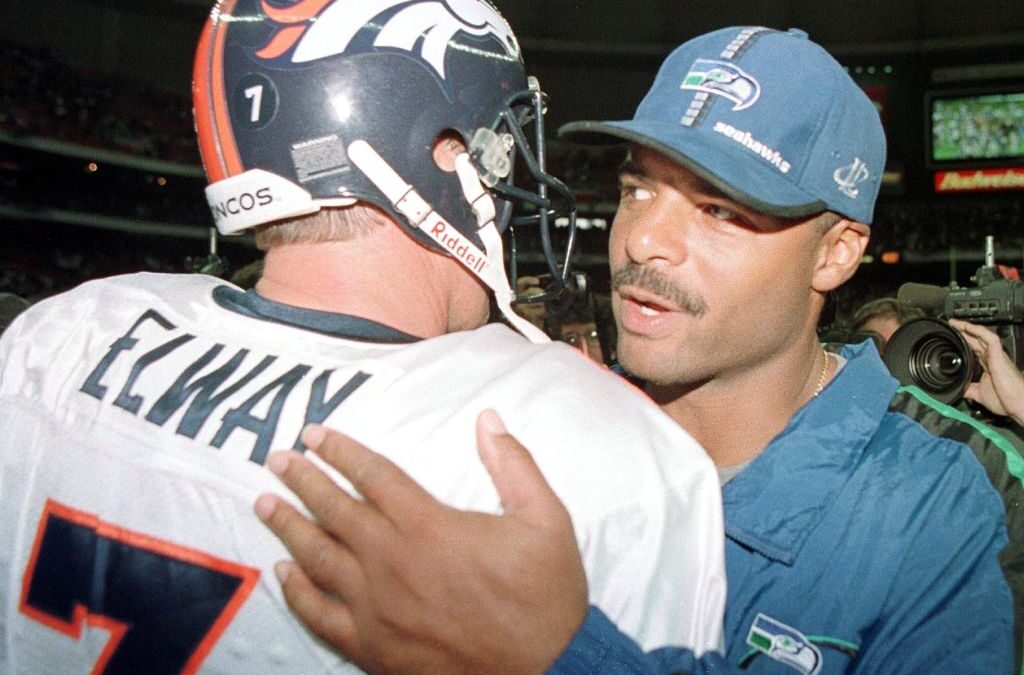
Warren Moon entered the league in 1984, at the age of 28, after a hall-of-fame career in the Canadian Football League. Moon spent nine years as the starter in Houston, before being sent to Minnesota. In 1996, his final year in Minnesota, Moon started eight games, tossing seven touchdowns and nine interceptions en route to a 4-4 record as the team’s starter. The following year he agreed to terms with the Seattle Seahawks and remained as their main starter for two years. While in Seattle, Moon started in 24 of 25 games, and comprised an 11-13 record.
Moon completed 58% of his passes and threw 36 touchdowns to just 24 interceptions. He spent the final two years of his career in Kansas City, and started his final NFL game in 2000, at the age of 44. He couldn’t find the relative success that he had throughout the rest of his career, starting in just one game His time as a backup in Kansas City alluded to the fact that it was time for Moon to hang up the cleats, which he did at the end of the 2000 season.
Doug Flutie
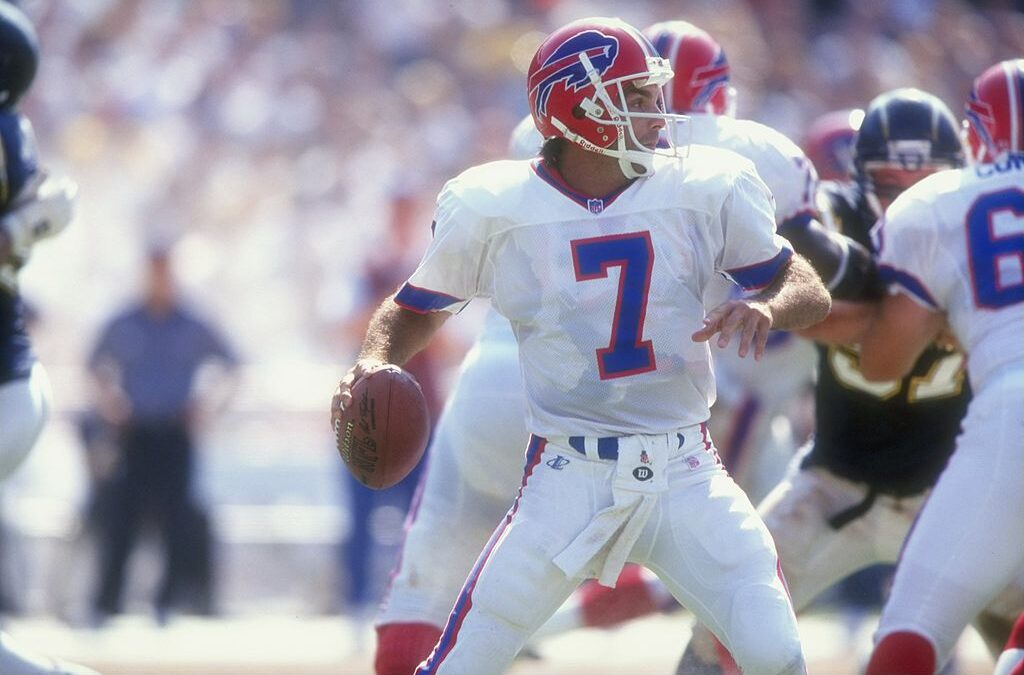
Continuing with our theme of quarterbacks who had a stent in the Canadian Football League, Doug Flutie entered the NFL in 1986, playing for the Chicago Bears. After being sipped off to New England for two years, the 28-year-old Flutie found himself in the CFL, where he split the next seven years between three teams. In 1997, at the age of 36 Flutie suited up in the NFL as a member of the Buffalo Bills, where he remained for the next three years. In 2002, at the age of 40, the journeyman was in San Diego, backing up 23-year-old Drew Brees.
One year later at the age of 41, Flutie took over for Brees as the team’s starter, and held a QB record of 2-3. The next season Flutie would only start one game against the Chiefs, which he won 24-17. In the three years Flutie spent in the NFL over the age of 40, he tossed 10 touchdowns, to only four interceptions, with a 3-3 record as the team’s starter.
Vinny Testaverde
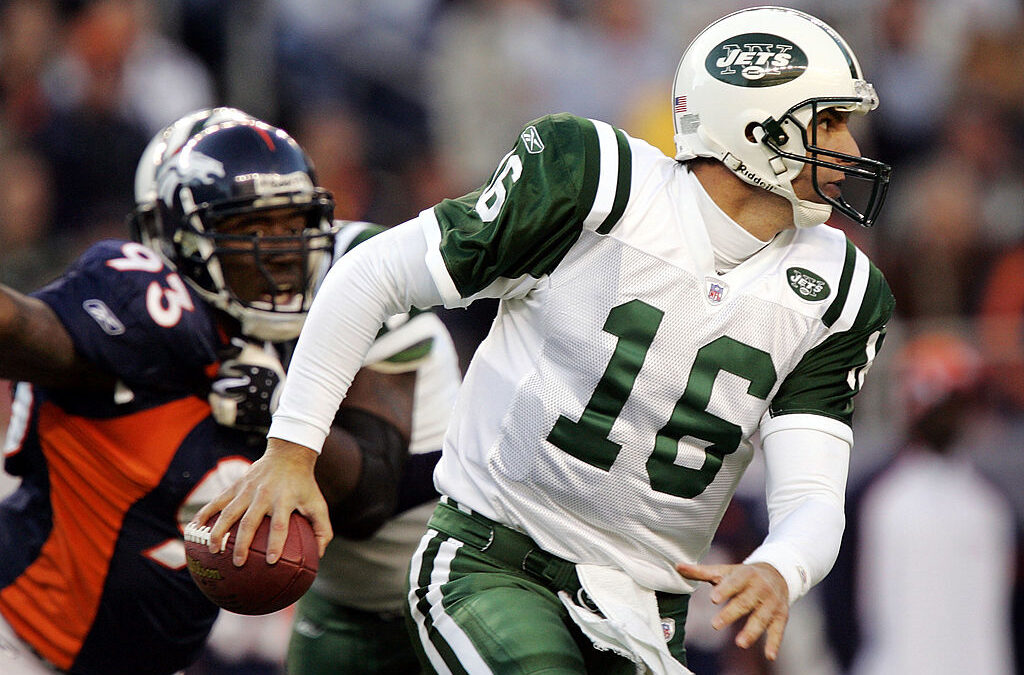
Vinny Testaverde had an NFL career that spanned 21 years, across seven teams. He is most known for his time with the Jets, where he earned himself a Pro Bowl nod in 1998. After being replaced as the team’s starter in 2002, in 2003, at age 40, Testaverde started the first seven games for Gang Green, due to an injury to starter Chad Pennington. During that time, the team went 2-5, with wins against the Bills and the Texans. During that seven-game stretch, Testaverde put up a respectable 62% completion percentage, with seven touchdowns and two interceptions. The following season he found himself as the full-time starter in Dallas, starting 15 of 16 games.
The team finished with a 6-10 record, but Testaverde had dropped off, throwing 17 touchdowns to 20 interceptions. His final three years in the league were split between the Jets (again), the Patriots, and finally the Panthers in 2007. In his final three years he appeared in sixteen games, starting ten of them. He tossed seven touchdowns to 12 interceptions and retired after the 2007 season. Still, a solid career for the NFL’s first openly color-blind quarterback.
Brad Johnson
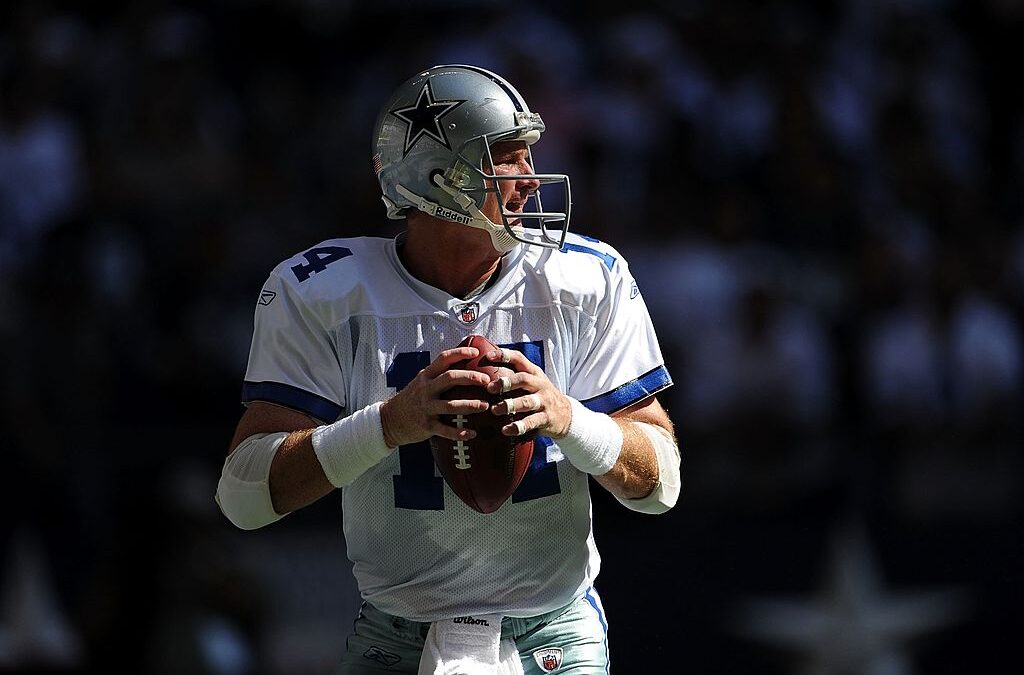
Brad Johnson entered the 2008 season as Dallas Cowboy’s backup to Tony Romo. At age 40 he found himself as the starter in week 7 against the Saint Louis Rams, then again, the following two weeks against the Buccaneers and Giants. Johnson led the team to a win against the Buccs but couldn’t prevail in his other two starts. That season he threw the ball 78 times for two touchdowns and five interceptions. He retired at the end of the season.
Brett Favre
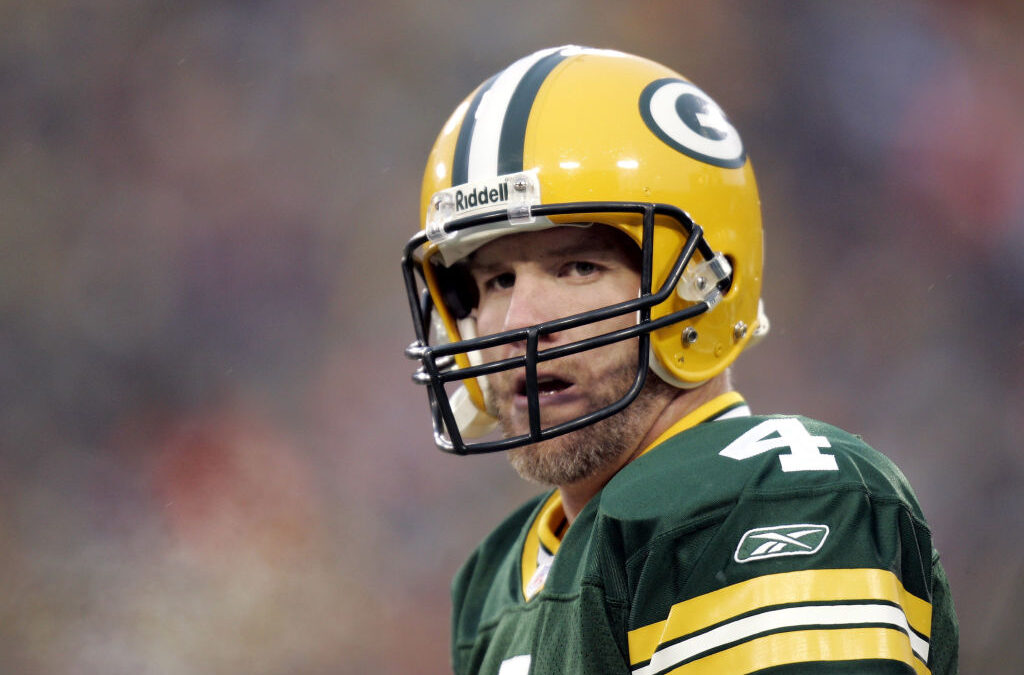
The Gunslinger himself was drafted in 1991 by the Atlanta Falcons but never got the chance to be the starter for the team. He was shipped off to Green Bay, and any Packers fan can tell you the rest of the story. After retiring at age 38, he came back out of retirement to suit up as the starter for the Jets just months later. At age 40 he found himself quarterbacking the Minnesota Vikings to a 12-4 record.
At age 40 Favre had an outstanding 68% completion percentage, to accompany 33 touchdowns and seven picks, en route to a deep playoff run. His final season in 2010 was not the storybook ending he had hoped for, as Favre went 5-8 as the team’s starter, and missed three games that year. Still, he held a completion percentage above 60%, but threw more interceptions than touchdowns in his final year, leading him to retire for good.
Matt Hasselbeck
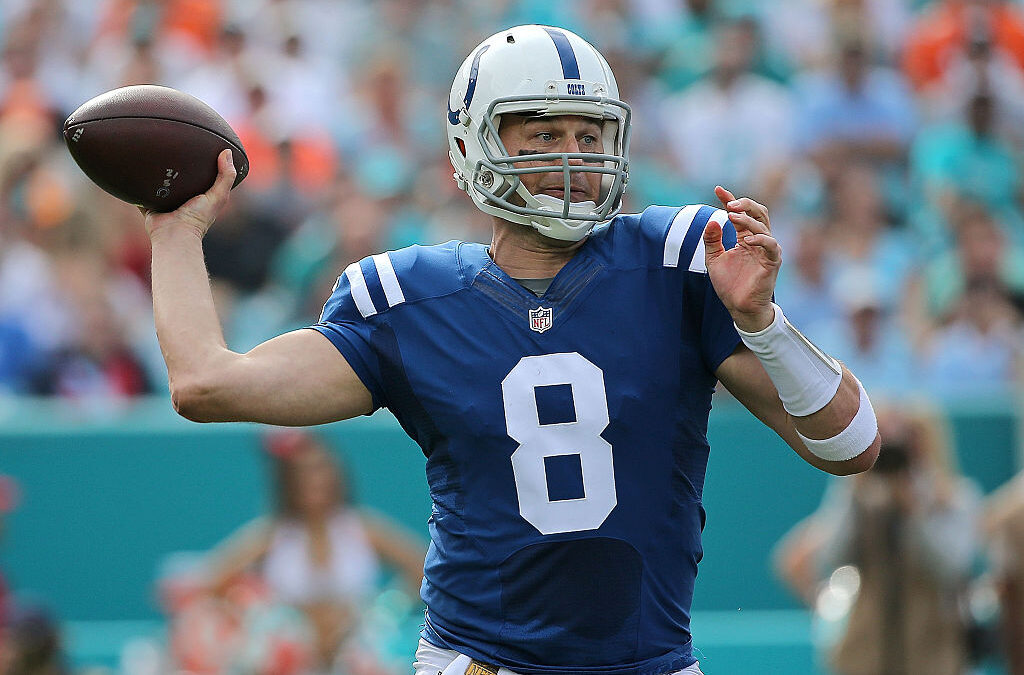
Drafted in 1998, Matt Hasselbeck was Brett Favre’s backup in Green Bay, before joining the Seahawks in 2001 to become the full-time starter. After a decade-long career in Seattle, which included the franchise’s first Superbowl appearance, Hasselbeck was sent to Tennessee. He spent two years there, then joined the Colts in 2012. Three years later, Hasselbeck was still in the league, and at age 40 was thrust into the starting role after an injury to Andrew Luck. As the starter, Hasselbeck went 5-3, and tossed 9 touchdowns to only five interceptions. This was enough to lead the team to an 8-8 record, and a second-place finish in their division.
Josh McCown
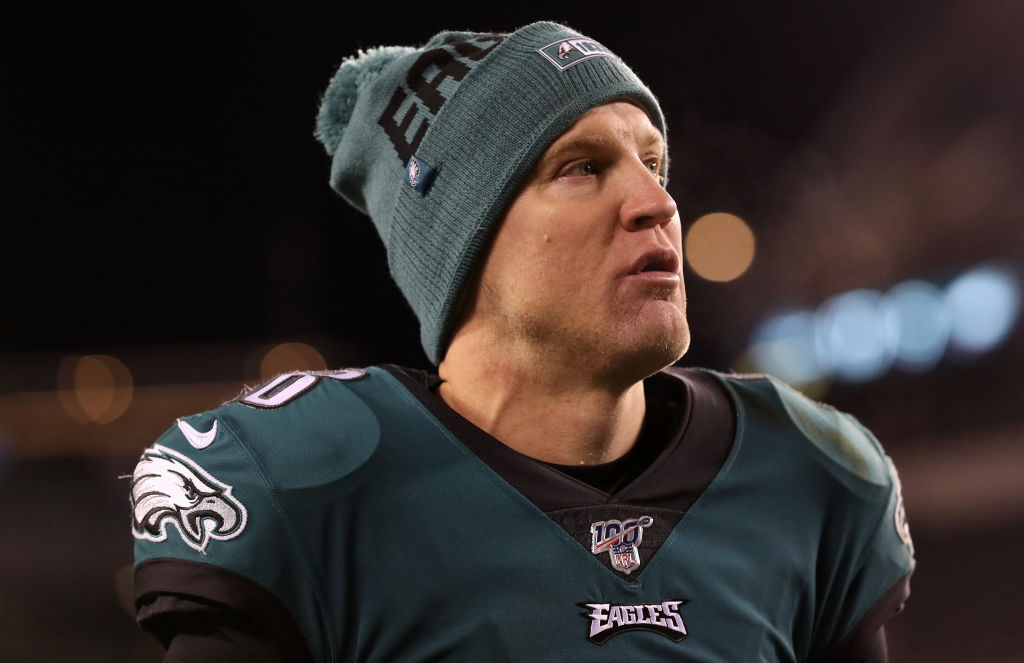
In the wildcard round of the 2019 playoffs, the Philadelphia Eagles were set to host the Seattle Seahawks. After an injury to starter Carson Wentz, 40-year-old backup Josh McCown was thrust into the starting role. McCown threw the ball 24 times, completing 18 passes for 174 yards with no touchdowns or interceptions. He did get sacked six times, however, and the Eagles fell to the Seahawks 17-9. That was the final start of McCown’s career, and he retired at the end of the season.
Drew Brees
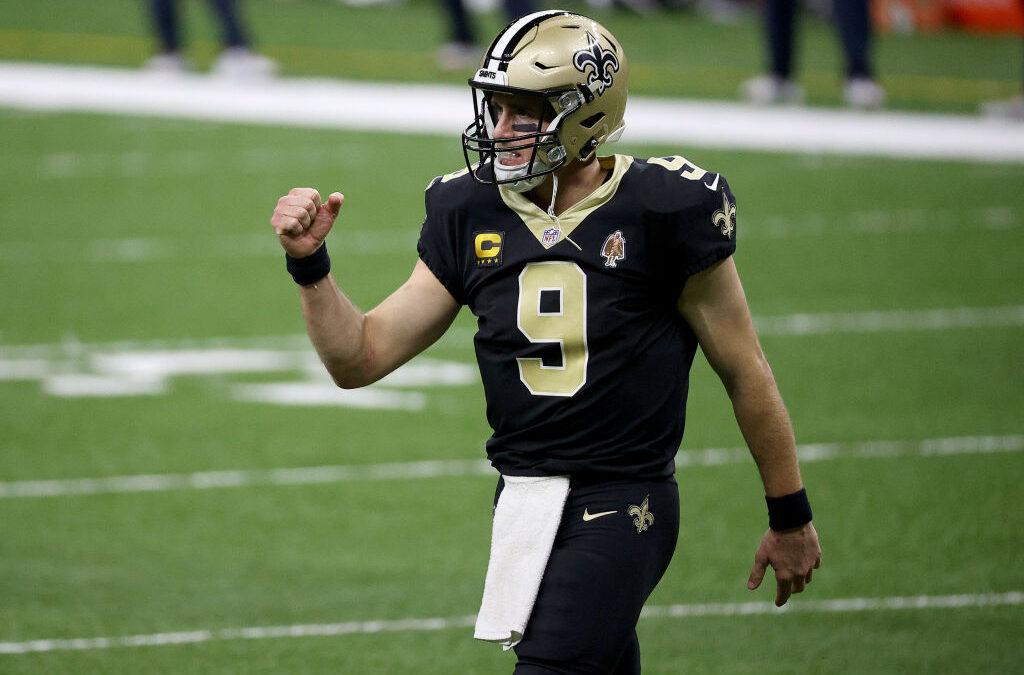
Drew Brees is one of the most accurate passers in NFL History, and after starting in the NFL for 18 years, Brees is soon to be inducted into the Hall of Fame. In 2019, at the age of 40, Brees only started eleven games for the Saints, but compiled 27 touchdowns to only 4 picks. That year the Saints lost to the Minnesota Vikings in Overtime in the wildcard round of the playoffs. The following year, Brees started 12 games, and at the end of the year had completed his fifth season in a row with a completion percentage over 70%.
He tossed 24 touchdowns, to six interceptions, and led the Saints to another playoff berth. That year, the Saints fell to Tom Brady and the Tampa Bay Buccaneers in the Divisional round. Overall, past the age of 40 Brees compiled a record of 17-6, and he retired at the end of the 2020 season.
Tom Brady
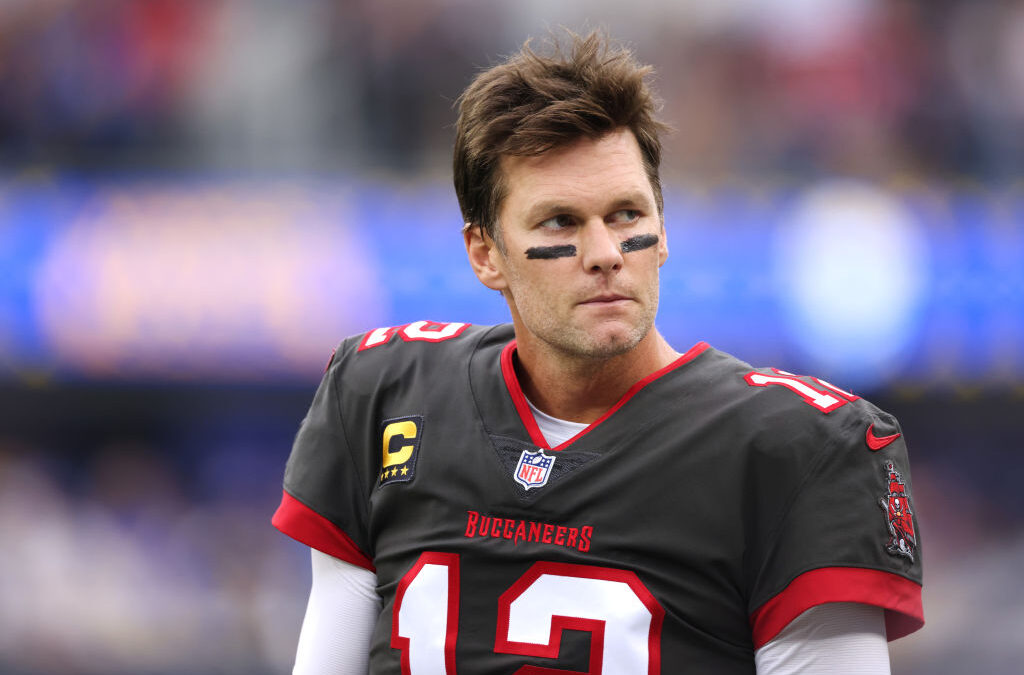
When people ask who the greatest quarterback of all time is; nine times out of ten the answer is Tom Brady. Brady turned in 2017, the same year he racked up his 13th Pro Bowl selection. Brady became the first quarterback to start a Superbowl at the age of 40, in the 2017 loss to the Eagles. The following year Brady started all 16 games and led the Patriots to their sixth Superbowl win. At the age of 43, Brady left New England and Joined the Buccaneers, and cemented himself as the greatest quarterback to ever play after winning the seventh Superbowl of his career.
In 2021 at the age of 44 Brady earned his final Pro Bowl selection, and after 22 seasons Brady retired. Past the age of 40, Brady threw 193 touchdowns and won two Superbowls. In the five years that Brady played past the age of 40, he accumulated more touchdowns and Superbowl wins than most quarterbacks have in their entire careers.



